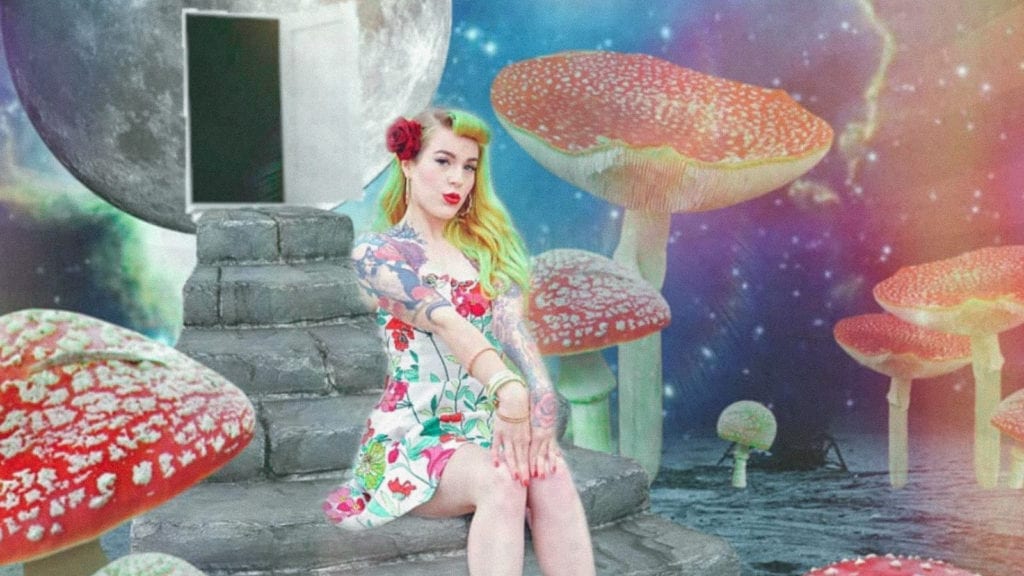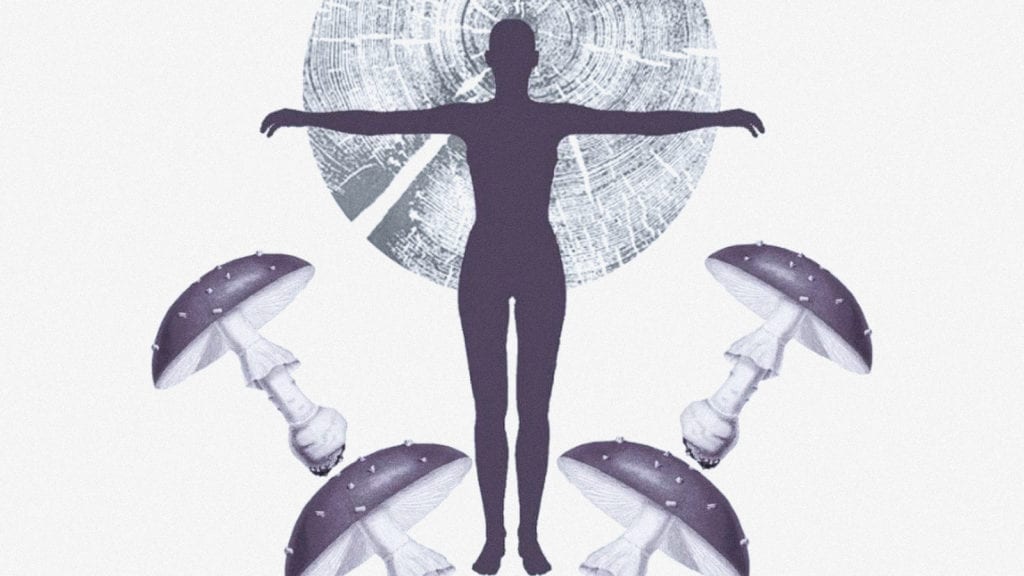Key takeaways.
-
Do magic mushrooms have an entourage effect?
Yes! Magic mushrooms contain psilocybin, psilocin baeocystin and beta-carbolines and it's predicted that these compounds synergistically produce the effects we know as the psilocybin experience.
-
How do we know of the entourage effect in mushrooms?
In a study conducted in 89, researchers found that users reported only euphoric experiences on Inocybe aeruginascens but deeply dysphoric experiences in other, higher psilocybin species.
-
What's the Matsushima study?
In the Matsushima study, researchers found that pure psilocybin didn't work as well on marble-burying behaviour than a whole mushroom extract, suggesting a synergy of compounds in the whole extract.
-
What does this mean for mushroom users?
It means that, just like we did with cannabis, we're beginning to learn that there are different kinds of mushroom experiences. We're yet to learn which ones might be more appropriate for different ailments and conditions, but that's where all the research leads.
The cross-talk between compounds in cannabis is vitally important to the effects it has for the user. This cross-talk pervades all of nature, including your human body. A delicate balance and dance of compounds, bacteria, yeasts, and nutrients literally dictate how you feel on a day to day basis. Well, low and behold, magic mushrooms might have an entourage effect, too.
It might come as a surprise to many that psilocybin and psilocin aren’t the only two active compounds in a magic mushroom. Baeocystin and beta-carbolines are also present in magic mushrooms and are known to contribute to the psychedelic effect.
Overall, the research about magic mushrooms is in its infancy, and there’s a lot we don’t know about what makes up these magical little fungi. But the entourage effect has been touched on by a number of different researchers, so let’s check out what they have to say.
Dr Gartz and Inocybe aeruginascens.
In 1989, Dr Gartz and Jochen Gartz, two German scientists, published a research paper about 24 cases of accidental ingestion of a species of magic mushroom, Incobye aeruginascens. The researchers compared and contrasted the experience of these 24 people with the experiences of others who used high-psilocybin varieties of mushrooms.
The two made a notable finding; that those who used Inocybe aeruginascens reported only euphoric experiences. However, there was a higher incidence of “deeply dysphoric” experiences among those using mushroom varieties with higher psilocybin. They noted that the amount of different active compounds present and their ratios affect the overall psychedelic experience.
Gartz and Gartz also observed that indole derivative, aeruginascin, can “modify the pharmacological action of psilocybin to give a euphoric mood”. They called for more research on this compound and others that interact with each other in different species of magic mushrooms.
Matsushima on mushrooms vs. pure psilocybin.

Matsushima et al. conducted a very interesting experiment on mice in 2009. The research team compared the effects of an extract of Psilocybe argentipes with pure psilocybin on marble-burying behaviour in mice. Marble-burying is a test used in animal behaviour models to ascertain levels of OCD and anxiety.
Matsushima et al. found that both the extract and pure psilocybin reduced marble-burying behaviour (a win for those with anxiety or OCD). But more interestingly, the researchers found that the Psilocybe argentipes extract was more effective than pure psilocybin.
On top of this, the research team also found an inverse bell curve for the dose-effect relationship between psilocybin and marble-burying behaviour. This is unusual in that taking more does not necessarily decrease the number of marbles being buried.
They concluded their research by saying that “These findings suggest that inhibition of marble-burying behavior by P. argentipes is due to the involvement of a variety of psychoactive substances”.
Zhuk et al. find synergy in mushrooms.
Zhuk et al. published a study in 2005 that follows a very similar structure to Matsushima et al.’s 2009 paper. Zhuk et al. made an even more baffling discovery, finding in their research that a magic mushroom extract was in the vicinity of ten times more potent than pure psilocybin in in vivo serotonin 5-HT2A behaviour assessments.
Naturally, they concluded that there must be other compounds present within the mushroom extract that contributed to these results that obviously was not present in pure psilocybin. They concluded that indoleamine hallucinogenic compounds within the extract contributed to the synergistic effect.
There’s more than one kind of magic mushroom experience.

So next time someone says to you “a psilocybe is a psilocybe”, you can enlighten them about how different strains and species of mushroom have been shown to have different effects, the same way as cannabis.
Although we don’t know the breakdown of the different compounds that contribute to a mushroom entourage effect, we’re getting closer and closer to proof that the entourage effect is real in magic mushrooms.
The same way this knowledge has given the cannabis industry better stead to direct users towards suitable strains, different varieties of magic mushrooms might be better applied in certain scenarios. Some might be better for PTSD while others might be better for anxiety, for example.
We’re still a long way off being able to make those calls, but the research is certainly moving in the right direction.
What’s your experience with different varieties of mushrooms? We’d love to hear from you in the comments.